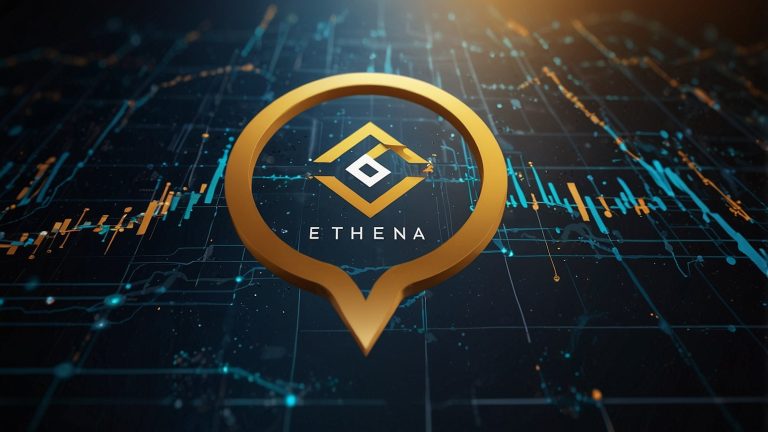Cohabiting, or living together as an unmarried couple, has become a common living arrangement in the UK. According to recent statistics, the number of cohabiting couples continues to rise, and with this shift comes a need to understand the financial and tax implications of this lifestyle. Whether you’re planning to cohabit with your partner or are already doing so, it’s essential to understand how this decision can impact your finances and taxes. For example, Parkers Caversham Estate Agents can assist cohabiting couples in navigating the housing market, but financial and tax planning is equally important to ensure a smooth future together. This article explores the key financial and tax implications of cohabiting in the UK.
1. Cohabitation vs. Marriage: The Key Differences
1.1 Legal Recognition and Rights
One of the fundamental differences between cohabiting and marriage is the legal recognition. While married couples enjoy a range of legal rights—such as automatic inheritance rights and entitlement to state benefits—cohabiting couples do not have the same protections under UK law. Cohabiting partners need to actively establish legal rights, such as through cohabitation agreements, to ensure that they are financially protected in the event of separation or death.
1.2 Taxation and Inheritance Rights
When it comes to taxation, married couples have the advantage of transferring assets between each other without incurring inheritance tax (IHT) and can benefit from various tax allowances. Cohabiting couples, however, do not automatically enjoy these benefits. They may need to plan for inheritance tax and other financial considerations more carefully than married couples to avoid costly tax implications.
2. Financial Benefits of Cohabiting in the UK
2.1 Shared Household Expenses
Cohabiting can bring significant financial advantages, especially in terms of shared household expenses. By pooling resources, couples can split the cost of rent or mortgage payments, utilities, and groceries, making living more affordable. This shared responsibility can ease the financial burden and help both parties save money in the long term.
2.2 Financial Support and Economies of Scale
In addition to sharing household expenses, cohabiting couples can also take advantage of economies of scale. For example, shared car insurance, home insurance, and even travel costs can result in lower overall spending. The combined purchasing power can also enable couples to make larger investments, such as buying a home or saving for future goals.
3. The Impact of Cohabitation on Taxes
3.1 Tax Relief and Allowances for Cohabiting Partners
Unlike married couples, cohabiting partners do not receive joint tax relief, which can create an unequal tax burden. However, cohabiting couples can still take advantage of certain allowances. For example, the Marriage Allowance allows a person to transfer a portion of their personal allowance to a partner if they are a non-taxpayer. This is not available for cohabiting couples, unless they meet specific conditions.
3.2 How Cohabiting Partners Are Taxed Differently from Married Couples
The key distinction between cohabiting and married couples in terms of taxation is that cohabiting couples are treated as separate individuals for tax purposes. This means that any income earned by one partner will be taxed individually and cannot be transferred to the other partner to reduce their taxable income, unlike married couples who can benefit from joint income tax calculations.
4. Income Tax: Joint or Separate Filings
4.1 The Effect of Cohabiting on Income Tax Liability
When cohabiting, each partner must file taxes separately, unlike married couples who can file jointly. This can have significant financial implications, particularly when one partner earns significantly more than the other. Cohabiting couples may need to strategically plan their income distribution or use tax-efficient savings plans to optimize their tax liabilities.
4.2 How Shared Income Can Affect Tax Brackets
In the UK, income tax is progressive, meaning that the more you earn, the higher the rate of tax. For cohabiting couples, combining income can sometimes push one partner into a higher tax bracket. Cohabiting couples may need to find ways to structure their finances, such as through savings or investments, to minimize the overall tax burden.
5. Capital Gains Tax and Property
5.1 Property Ownership and CGT Implications for Cohabiting Partners
When cohabiting, property ownership can present additional challenges, particularly concerning Capital Gains Tax (CGT). If a property is sold and has appreciated in value, CGT may apply. For married couples, any gains from the sale of the family home are generally exempt, but for cohabiting couples, each partner is liable for CGT on their share of the property.
5.2 The Role of Property Sales in Taxation
When cohabiting partners decide to sell a property, they must consider CGT on the profits, especially if they have owned the property for a long period. Cohabiting couples who jointly own property should seek professional advice on managing CGT and ensuring that both partners’ financial interests are properly protected.
6. Inheritance Tax for Cohabiting Couples
6.1 The Lack of Inheritance Tax Benefits for Unmarried Couples
One of the most significant financial implications of cohabiting is the lack of automatic inheritance rights. Married couples can inherit assets without incurring inheritance tax, but cohabiting partners do not have this benefit. If one partner dies, the surviving partner may be subject to IHT on the deceased partner’s estate.
6.2 How to Plan for Inheritance Tax When Cohabiting
To mitigate the risk of inheritance tax, cohabiting couples should consider creating a will and possibly transferring assets to the surviving partner before death. Using trusts or making strategic gifts can also help reduce the estate’s taxable value. Seeking expert advice is critical for cohabiting couples to ensure their estate plans are effective.
7. Benefits and Pensions for Cohabiting Partners
7.1 Eligibility for State Benefits and Pensions
Cohabiting couples may face limitations when it comes to state benefits and pensions. Unlike married couples, cohabiting partners are not automatically eligible for survivor benefits or pensions upon the death of the other partner. Therefore, it’s essential for cohabiting couples to plan ahead for their future financial security, including contributing to personal pension schemes.
7.2 The Importance of Recognizing Dependants in Financial Planning
Cohabiting couples should also consider their dependent family members in their financial planning. In many cases, the death of one partner could affect the financial stability of any children or dependents. Recognizing dependents in a will and establishing provisions for their care can provide long-term financial security.
8. Cohabitation and Financial Protection
8.1 The Need for a Cohabitation Agreement
Unlike married couples, cohabiting partners do not have automatic legal protections if the relationship ends. A cohabitation agreement is a valuable tool for outlining the financial arrangements, property ownership, and responsibilities of each partner. This document can provide legal clarity in the event of separation, protecting both parties’ interests.
8.2 How Legal Protection Affects Financial Security
Legal protections, such as a cohabitation agreement, can provide financial security for both parties. By clearly defining financial obligations and rights, such agreements reduce the risk of disputes and ensure that both partners are protected in case of a breakup or death.
9. The Role of Estate Agents in Cohabitation Decisions
9.1 How Estate Agents Help Couples Choose Properties
Some Estate agents can help cohabiting couples find properties that meet their needs, taking into account factors such as space, amenities, and future financial plans. They provide insights into the local property market, helping couples make informed decisions about buying or renting a home together.
9.2 The Importance of Understanding Financial Implications in Property Buying
When purchasing property together, it’s important for cohabiting couples to understand the financial implications, including joint ownership, mortgage responsibilities, and long-term investment plans. Estate agents can provide guidance on these issues, ensuring that couples make decisions that align with their financial and personal goals.
10. Conclusion
Cohabiting in the UK offers numerous financial advantages, but it also comes with its own set of challenges. From taxation to inheritance rights, understanding the financial implications is crucial for making informed decisions. Cohabiting couples should work closely with financial advisors, estate agents, and legal professionals to ensure that their financial arrangements are secure. By taking these steps, cohabiting couples can enjoy a stable, financially sound future together.












 Bitcoin
Bitcoin  Ethereum
Ethereum  Tether
Tether  XRP
XRP  Solana
Solana  USDC
USDC  Lido Staked Ether
Lido Staked Ether  TRON
TRON  Cardano
Cardano  Avalanche
Avalanche  Toncoin
Toncoin